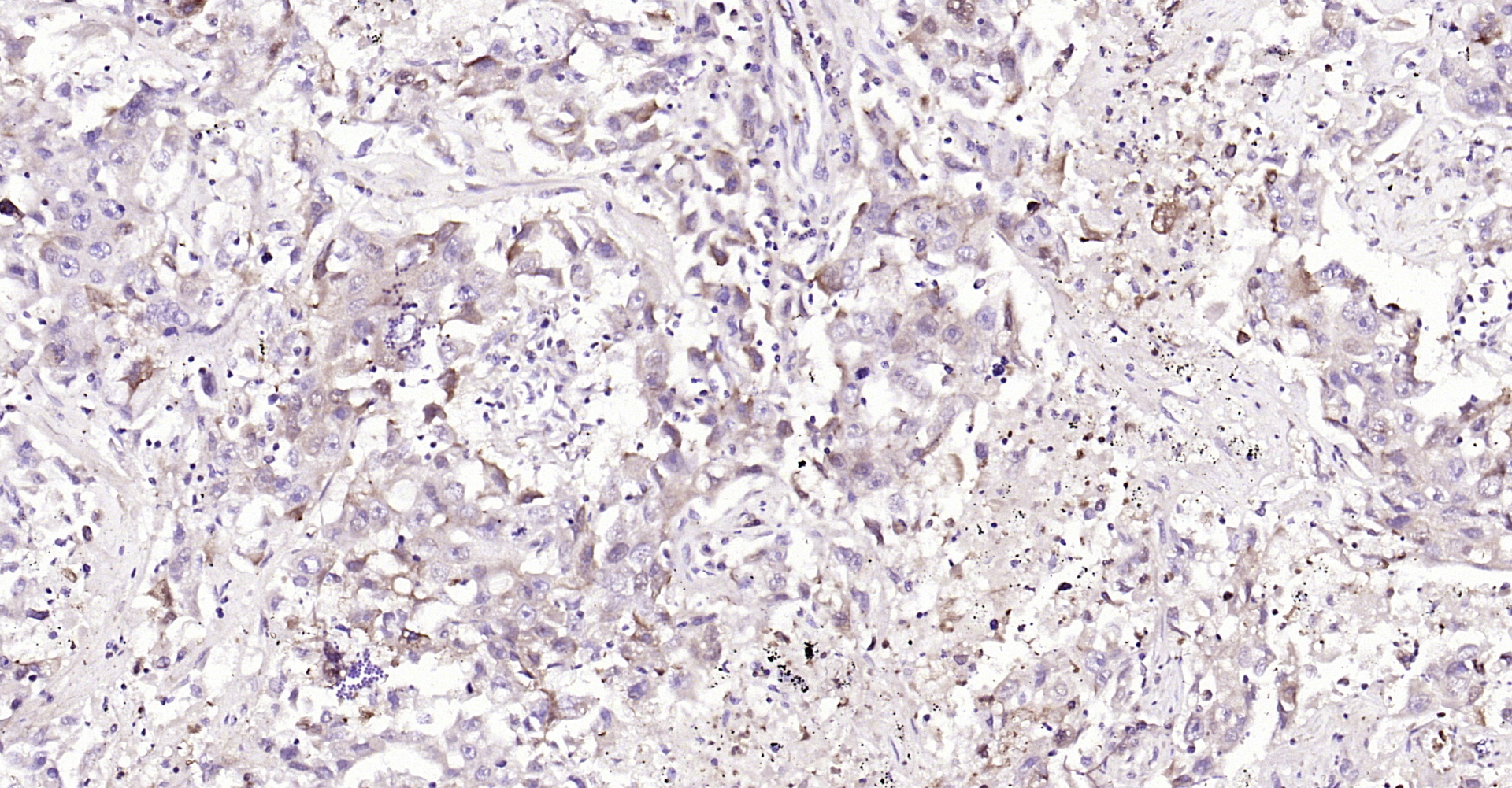S100A9 antibody
GTX129575
ApplicationsImmunoFluorescence, Western Blot, ImmunoCytoChemistry, ImmunoHistoChemistry, ImmunoHistoChemistry Paraffin
Product group Antibodies
ReactivityHuman
TargetS100A9
Overview
- SupplierGeneTex
- Product NameS100A9 antibody
- Delivery Days Customer9
- Application Supplier NoteWB: 1:500-1:3000. ICC/IF: 1:100-1:1000. IHC-P: 1:100-1:1000. *Optimal dilutions/concentrations should be determined by the researcher.Not tested in other applications.
- ApplicationsImmunoFluorescence, Western Blot, ImmunoCytoChemistry, ImmunoHistoChemistry, ImmunoHistoChemistry Paraffin
- CertificationResearch Use Only
- ClonalityPolyclonal
- Concentration1 mg/ml
- ConjugateUnconjugated
- Gene ID6280
- Target nameS100A9
- Target descriptionS100 calcium binding protein A9
- Target synonyms60B8AG, CAGB, CFAG, CGLB, L1AG, LIAG, MAC387, MIF, MRP14, NIF, P14, S100-A9, protein S100-A9, MRP-14, calgranulin B, calprotectin L1H subunit, leukocyte L1 complex heavy chain, migration inhibitory factor-related protein 14
- HostRabbit
- IsotypeIgG
- Protein IDP06702
- Protein NameProtein S100-A9
- Scientific DescriptionThe protein encoded by this gene is a member of the S100 family of proteins containing 2 EF-hand calcium-binding motifs. S100 proteins are localized in the cytoplasm and/or nucleus of a wide range of cells, and involved in the regulation of a number of cellular processes such as cell cycle progression and differentiation. S100 genes include at least 13 members which are located as a cluster on chromosome 1q21. This protein may function in the inhibition of casein kinase and altered expression of this protein is associated with the disease cystic fibrosis. [provided by RefSeq]
- ReactivityHuman
- Storage Instruction-20°C or -80°C,2°C to 8°C
- UNSPSC12352203
References
- Mori S, Ishii Y, Takeuchi T, et al. Nuclear proinflammatory cytokine S100A9 enhances expression of human papillomavirus oncogenes via transcription factor TEAD1. J Virol. 2023,97(8):e0081523. doi: 10.1128/jvi.00815-23Read this paper
- Liao WC, Chen CT, Tsai YS, et al. S100A8, S100A9 and S100A8/A9 heterodimer as novel cachexigenic factors for pancreatic cancer-induced cachexia. BMC Cancer. 2023,23(1):513. doi: 10.1186/s12885-023-11009-8Read this paper
- Seto S, Morimoto K, Yoshida T, et al. Proteomic Profiling Reveals the Architecture of Granulomatous Lesions Caused by Tuberculosis and Mycobacterium avium Complex Lung Disease. Front Microbiol. 2019,10:3081. doi: 10.3389/fmicb.2019.03081Read this paper
- Kato R, Ijiri Y, Hayashi T, et al. The 2-Hydroxyiminostilbene Metabolite of Carbamazepine or the Supernatant from Incubation of Hepatocytes with Carbamazepine Activates Inflammasomes: Implications for Carbamazepine-Induced Hypersensitivity Reactions. Drug Metab Dispos. 2019,47(10):1093-1096. doi: 10.1124/dmd.119.087981Read this paper





